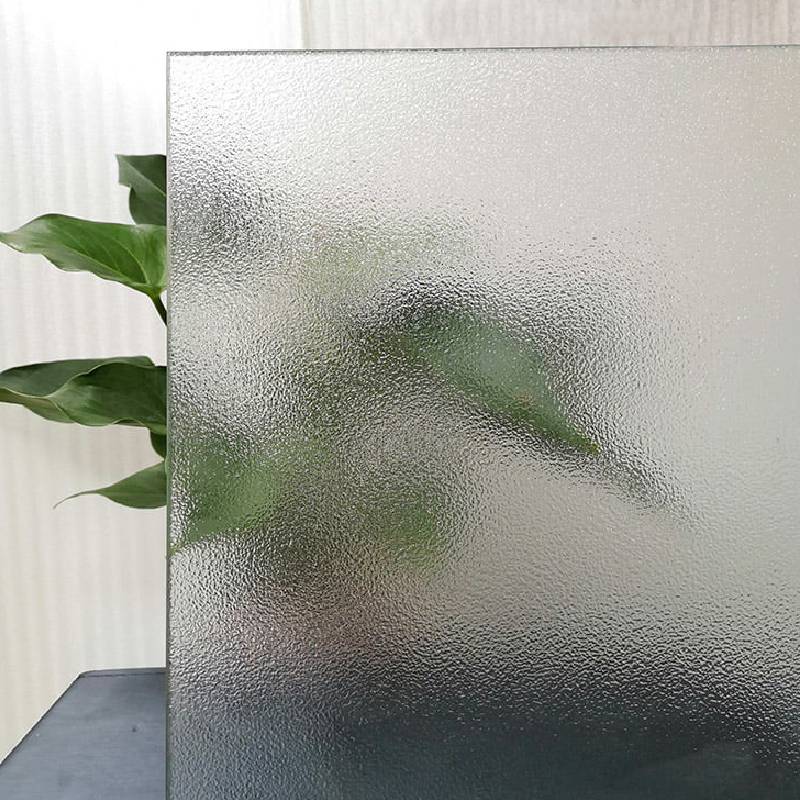Exploring the World of Float Flat Glass The Art of Clarity and Versatility
Float flat glass is a remarkable material that has revolutionized the world of construction, architecture, and design. Its unique manufacturing process, combined with its aesthetic qualities and functional versatility, has established float flat glass as a staple in various industries. This article delves into the production, properties, applications, and future prospects of float flat glass.
The Manufacturing Process
The journey of float flat glass begins in a controlled environment where raw materials such as silica sand, soda ash, and limestone are meticulously mixed. The proportional blend is then heated in a furnace to temperatures exceeding 1,700 degrees Celsius, resulting in molten glass. The key to obtaining flat glass lies in the float process invented by Sir Alastair Pilkington in the 1950s. In this innovative method, the molten glass is poured onto a bed of molten tin. Due to differences in density, the glass floats on the tin surface, which allows it to spread evenly and form a flat sheet.
After cooling down, the glass is cut to size and can undergo additional treatments, such as annealing to relieve internal stresses or applying coatings for enhanced performance. The float glass is then polished and prepared for various applications, showcasing its crystalline clarity and smooth finish.
Properties of Float Flat Glass
Float flat glass possesses several advantageous properties that contribute to its widespread use. One of its most significant attributes is its optical clarity; it allows for high levels of light transmission while maintaining transparency. This feature is especially valued in architectural design, where natural light is a critical component. Additionally, float glass can be tempered or laminated, enhancing its strength and safety. Tempered glass can withstand thermal stress and resist impact, making it ideal for use in windows and doors. Laminated glass, on the other hand, integrates an interlayer that minimizes the risk of shattering, providing extra safety in commercial and residential buildings.
Furthermore, float glass can be manufactured in various thicknesses and sizes, allowing for flexibility in design. It can also be treated with low-emissivity (Low-E) coatings, which improve energy efficiency by reflecting infrared light and reducing heat loss, a remarkable advantage in modern energy-conscious architecture.
float flat glass
Applications Across Industries
The applications for float flat glass are vast and varied. In the construction industry, it is a preferred choice for windows, facades, and curtain walls due to its aesthetic appeal and insulating properties. Architects appreciate its ability to create sleek, modern designs that enhance the beauty of structures while maximizing natural light.
In addition to building applications, float glass is also found in the automotive industry, where it is used for windshields, windows, and mirrors. The automotive sector demands high standards for safety and clarity, making float glass an ideal candidate due to its strength and optical performance.
Moreover, float flat glass has a significant presence in the furniture and interior design markets. It is often used in tabletops, shelves, and partitions, providing elegance and maintaining a sense of openness in interior spaces.
Future Prospects
As technology advances, so too does the potential for float flat glass. Innovations in manufacturing processes and treatments promise to enhance its properties further, making it even more versatile. The integration of smart glass technologies that can change opacity or color in response to environmental conditions is already on the horizon. This development could revolutionize window applications in buildings and vehicles, offering not only energy savings but also enhanced comfort and privacy.
In conclusion, float flat glass represents a confluence of art and engineering, marrying clarity with practicality. Its unique properties make it indispensable across various fields, and as we continue to explore new technologies, the possibilities for this extraordinary material are limitless. Whether adorning a skyscraper or gracing a modern piece of furniture, float flat glass remains a testament to the ingenuity of modern manufacturing.
 Afrikaans
Afrikaans  Albanian
Albanian  Amharic
Amharic  Arabic
Arabic  Armenian
Armenian  Azerbaijani
Azerbaijani  Basque
Basque  Belarusian
Belarusian  Bengali
Bengali  Bosnian
Bosnian  Bulgarian
Bulgarian  Catalan
Catalan  Cebuano
Cebuano  Corsican
Corsican  Croatian
Croatian  Czech
Czech  Danish
Danish  Dutch
Dutch  English
English  Esperanto
Esperanto  Estonian
Estonian  Finnish
Finnish  French
French  Frisian
Frisian  Galician
Galician  Georgian
Georgian  German
German  Greek
Greek  Gujarati
Gujarati  Haitian Creole
Haitian Creole  hausa
hausa  hawaiian
hawaiian  Hebrew
Hebrew  Hindi
Hindi  Miao
Miao  Hungarian
Hungarian  Icelandic
Icelandic  igbo
igbo  Indonesian
Indonesian  irish
irish  Italian
Italian  Japanese
Japanese  Javanese
Javanese  Kannada
Kannada  kazakh
kazakh  Khmer
Khmer  Rwandese
Rwandese  Korean
Korean  Kurdish
Kurdish  Kyrgyz
Kyrgyz  Lao
Lao  Latin
Latin  Latvian
Latvian  Lithuanian
Lithuanian  Luxembourgish
Luxembourgish  Macedonian
Macedonian  Malgashi
Malgashi  Malay
Malay  Malayalam
Malayalam  Maltese
Maltese  Maori
Maori  Marathi
Marathi  Mongolian
Mongolian  Myanmar
Myanmar  Nepali
Nepali  Norwegian
Norwegian  Norwegian
Norwegian  Occitan
Occitan  Pashto
Pashto  Persian
Persian  Polish
Polish  Portuguese
Portuguese  Punjabi
Punjabi  Romanian
Romanian  Russian
Russian  Samoan
Samoan  Scottish Gaelic
Scottish Gaelic  Serbian
Serbian  Sesotho
Sesotho  Shona
Shona  Sindhi
Sindhi  Sinhala
Sinhala  Slovak
Slovak  Slovenian
Slovenian  Somali
Somali  Spanish
Spanish  Sundanese
Sundanese  Swahili
Swahili  Swedish
Swedish  Tagalog
Tagalog  Tajik
Tajik  Tamil
Tamil  Tatar
Tatar  Telugu
Telugu  Thai
Thai  Turkish
Turkish  Turkmen
Turkmen  Ukrainian
Ukrainian  Urdu
Urdu  Uighur
Uighur  Uzbek
Uzbek  Vietnamese
Vietnamese  Welsh
Welsh  Bantu
Bantu  Yiddish
Yiddish  Yoruba
Yoruba  Zulu
Zulu 

